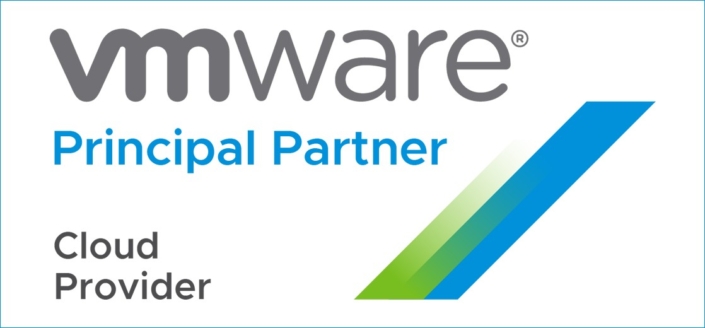3 Benefits In Winning Multi Cloud Strategy
 3 Benefits In Winning Multi Cloud Strategy
3 Benefits In Winning Multi Cloud Strategy
As the modern enterprise lives in the digital era, multi cloud as a solution is not new. Ever since the industry first talking about dynamic data centers, visionaries have predicted a day when limited virtualization would evolve into Cloud Computing on multiple networks.
However, deploying multi tenant applications across multiple cloud platforms can be challenging for enterprise. It can be said as multi cloud represents more than one cloud deployment of the same type and it can be public or private cloud, sourced from different cloud providers. Therefore, strategies are needed by enterprise to maximize multi cloud management, so the cloud can deliver beneficial service and secure system. But, what benefit can business achieve when leveraging multi cloud strategy?
In “Zettagrid e-Techday Vol. 08: Maximizing Private Cloud”, Arief Darmawan as ISV and CSP Lead DELL Technologies Indonesia, has stated three benefits in building a winning multi cloud strategy that can enterprise take to reach its best services. Curious to know how? Read them below here:
1. Get The Most From Your Data
As enterprise lives in industry 4.0, digital data is the important aspect that can help business evolved from time to time. That’s why, enterprise technologies like the Internet of Things (IoT), Edge Computing, Big Data, and so on, appear to play role in collecting and managing digital data.
However, deploying those technologies only in On-Premise is not enough and might be cost-expensive for business. Therefore, a solution like multi cloud can be used by business in deploying enterprise technologies and digital data. With multi cloud, enterprise not only will experience the best system and data management, but business also can achieve cost-efficiency in their IT system needs.
2. Deliver Digital Services Anywhere
When application users worldwide and data transfer is done from a single data center, lots of users will experience slow response time. It can happen as data traffic travels across several nodes before reaching the end-user, and it is common in cloud services delivered from servers at distant locations.
However, if the business uses multi cloud strategy, its architects can deploy data centers to multiple regions according to user locations. The data center closest to end-users can serve the requested data with minimum server hops. This capability is especially useful for global organizations that need to serve data across geographically disparate locations while maintaining a unified end-user experience. Therefore, multi cloud can deliver digital services anywhere and anytime.
3. Protect Your Most Valuable Assets
In developing a business, data is a valuable asset for enterprise. By collecting and managing business data, enterprise would know how to develop their business for the future. However, collect and manage business data is not as easy as its snap. Some things like data loss, human error, or even cyberattack, might be found and challenging if the enterprise doesn’t have strategies to host their system and data.
But if your business implements a multi cloud strategy, then it can raise the bar on security as well. By bringing new services into the overall enterprise portfolio with clear guidance on how users can authenticate data, how it can flow, and where it can live, IT can reduce the opportunities for data loss and leakage, weak authentication, and lateral compromises from lower-security platforms into higher-security ones.
If you want to find out more about this session you can rewatch the online talk show on our Youtube channel here. And if you are interested in cloud solutions, you can contact us here or through sales@zettagrid.id.


